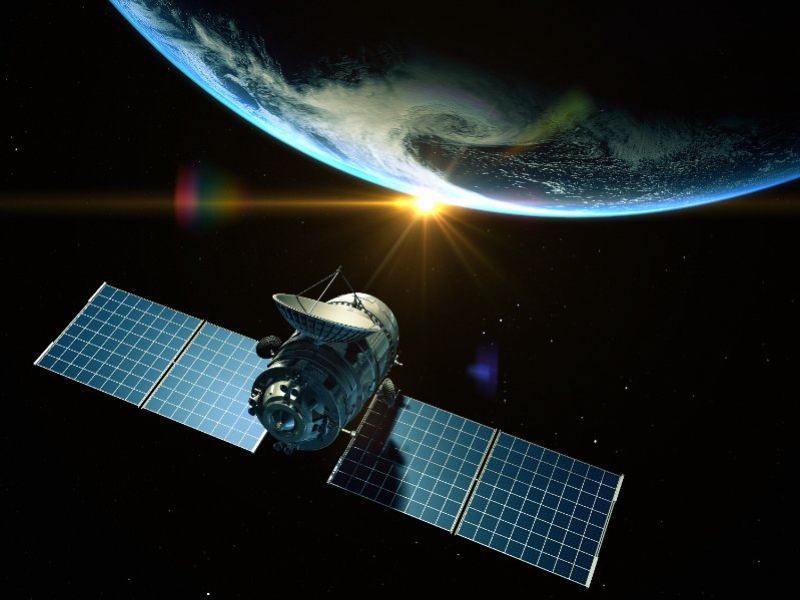
Researchers generally have reliable water level measurements for a few thousand lakes around the world, but little or no data on some of the planet’s important river systems.
The upcoming launch of a Surface Water and Ocean Topography (SWOT) satellite is intended to fill that gap and both aid in better management of water resources and expand knowledge of how climate change affects lakes, rivers, and reservoirs.
SWOT is scheduled to launch in November from Vandenberg Space Force Base in California. It represents a collaboration between NASA and the French space agency Centre National d’Études Spatial (CNES), with contributions from the Canadian Space Agency and the United Kingdom Space Agency. Engineers and technicians are currently finishing up work on the satellite in a facility run by Thales Alenia Space in Cannes, France.
SWOT tasks include measuring the height of water bodies on Earth’s surface. Over the ocean, the satellite will be able to “see” features like eddies less than 60 miles (100 kilometers) across – smaller than those that previous sea level satellites could observe. SWOT is also expected to measure more than 95% of Earth’s lakes larger than 15 acres (6 hectares) and rivers wider than 330 feet (100 meters) across.
SWOT will also measure its extent, or surface area. That information is expected to enable scientists to calculate how much water moves through freshwater bodies.
“Once you get hold of the volume of water, you can better assess the water budget, or how much water flows into and out of an area,” said Lee-Lueng Fu, SWOT project scientist at NASA’s Jet Propulsion Laboratory.
SWOT will provide its data using an instrument called the Ka-band Radar Interferometer (KaRIn). The device bounces radar pulses off the water’s surface and receives the return signal with two antennas at the same time. The antennas are spaced 33 feet (10 meters) apart on a boom, enabling researchers to gather information along a roughly 75-mile-wide (120-kilometer-wide) swath of Earth’s surface.
Satellites already in orbit can measure water height – in the ocean, very large lakes, and very wide rivers – or the surface area of a water body. But to calculate changes in volume over time, scientists need to match up the extent and height measurements that different instruments took on different days. This makes it difficult to determine basic details, like how much water flows through the world’s rivers and how much that volume varies.
SWOT is designed to eliminate the need to cobble together the extent and height information from different satellites, and at the same time the satellite will give researchers a global view of Earth’s surface water.
Once in orbit, SWOT is expected to send back about one terabyte of unprocessed data a day.
SWOT is being jointly developed by NASA and CNES, with contributions from the Canadian Space Agency and the United Kingdom Space Agency. JPL, which is managed for NASA by Caltech in Pasadena, California, leads the U.S. component of the project.
For the flight system payload, NASA is providing the KaRIn instrument, a GPS science receiver, a laser retroreflector, a two-beam microwave radiometer, and NASA instrument operations.
CNES is providing the Doppler Orbitography and Radioposition Integrated by Satellite (DORIS) system, the dual frequency Poseidon altimeter (developed by Thales Alenia Space), the KaRIn radio-frequency subsystem (together with Thales Alenia Space and with support from the UK Space Agency), the platform, and ground control segment.
CSA is providing the KaRIn high-power transmitter assembly. NASA is providing the launch vehicle and associated launch services.